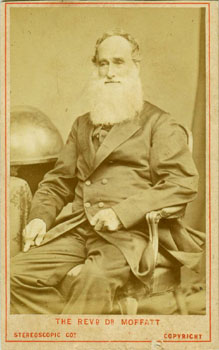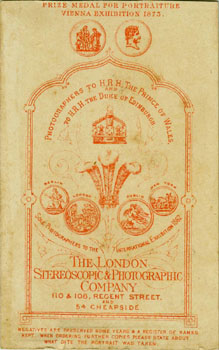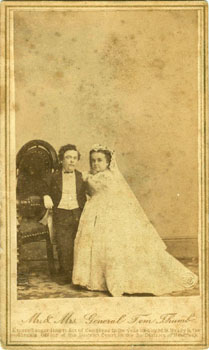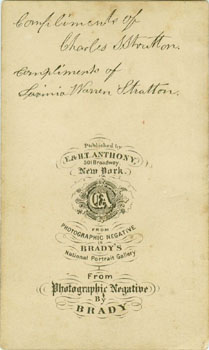
In the introduction to last week's edition of Sepia Saturday, Alan Burnett asked whether the meme is becoming old and tired, perhaps prompted by a recent reduction in the number of participants. Personally, I find the stimulus of a fresh sepia image chosen by someone else each week is just what I need to keep me blogging regularly, that is when I'm not too submerged in work or other projects to find the time. Following the theme is not a requirement, which gives me plenty of leeway to sail off on another tack when the mood takes me, or on the odd occasion that I fail to be inspired by the chosen image.
Many of my Photo-Sleuth articles are weeks or months in gestation, perhaps searching for that extra bit of information, cosidering the right angle to tackle a particular photograph, or waiting for the right image prompt, so always having images from a couple of weeks ahead to work on at the same time suits me well. My first SS contribution appeared four years ago (SS 64) and my 93 subsequent contributions have been made as and when the opportunity presents itself. I'm very grateful to Alan and Marilyn for the time and effort that they put in to making Sepia Saturday happen. I'd also like to acknowledge the body of fellow Sepians for the inspiring photos they post and thoughtful feedback regularly provided here. Without it, I fear that my blog would have fallen into disrepair long ago.

Unmounted paper print, 61 x 89mm
Image © and collection of Brett Payne
On the face of it, these two snapshots might appear a strange purchase for my collection of old photographs. Of unknown provenance, all contextual information apart from the captions handwritten on the backs has gone, leaving us with few clues to the identity of the subjects, even to where they were taken. It wasn't the challenge of sleuthing, though, that attracted me, but rather the content of the first image.
Even without the brief annotation on the back describing it as "The Mill," I recognised it as a three-stamp mill of the type commonly used in the nineteenth and early twentieth centuries to process gold ore, complete with heavy timber frame, driving wheel, cam shaft with tappets, stamper stems, mortar box with discharge screen, tables and amalgam plates. When I first started work as an exploration geologist in the Midlands of Zimbabwe during the mid-1980s, I came across a few of these antiquated but effective pieces of equipment still being used in remote bush locations, usually by equally aged smallworkers in a forlorn quest for their own bonanza.

Reverse of paper print
The caption identifies the subjects as 'Hamish,' with his back to the camera, 'January,' the mill foreman and presumably one of the two black men standing either side of the tables, and the two children 'A & J.'. The mere fact that January and the other gold mill worker are black doesn't necessarily mean that the photograph was taken in what was then called Southern Rhodesia (it became Zimbabwe after independence in 1980), but the countryside and vegetation depicted in the second of the two snapshots are very familiar to me, and I think it highly likely.
In 1945, after the end of the Second World War, the Southern Rhodesian government set up an ex-serviceman's rehabilitation scheme, whereby returning white soldiers were provided with training in small-scale mining at a former air force training facility at Guinea Fowl, near the town of Gwelo, now called Gweru. (As a sidebar, I might note that black soldiers also returning from the same war got absolutely nothing.) After completion of their training, they were given soft loans to re-open old gold mines closed during the war or start up new operations. With 221 men trained and 279 mines re-opened, the scheme was regarded as successful (Dreschler, 2001), and it seems quite likely that 'Hamish' could have been one of these smallworkers.

Unmounted paper print, 83 x 60mm
Image © and collection of Brett Payne
The second photo shows 'Joan, Heather & Andrew, on lawn, 1950, May' (resumably from right to left), so it was taken about four years later. Now there are three children, all wearing wide-brimmed hats to ward off the harsh African sun, and playing on a manicured lawn, rather than hanging around the dangerous mill site. The wide variety of toys suggests that Hamish had achieved at least some success at the mine.

Reverse of paper print
The snapshots are both roughly 2¼" x 3¼", equating to the 620 roll film format that was introduced by Kodak in 1931, and rapidly replaced the similarly sized 120-format film which used a slightly larger spool. By the mid-1940s various versions of the Six-20 Brownie box and Six-20 Kodak folding camera were probably the most popular options available to casual amateur photographers. Many of the folding models used an eye-level viewfinder by this time, and it looks to me that these shots were taken from the lower, waist-level view point characteristically employed with the box Brownies. In the first shot, the eyes of the older girl are on a level with Hamish's waist.

Kodak Six-20 Popular 'Brownie' box camera, 1937-1943
Image © and courtesy of Tauranga Heritage Collection
I suspect they were taken with something like the Kodak Six-20 Popular 'Brownie' which was manufactured from 1937 until 1943. It also seems safe to assume that the children's mother was both the photographer and the person who annotated the prints once they had been printed. Presumably Joan, Heather and Andrew were children of the said Hamish, and there is a remote chance that some member of the extended family of Scottish origin (after all, who else would have the name Hamish) will recognise them and get in touch.

Visiting smallworker gold claims, Munyati River, Zimbabwe, 1985
Image © and collection of Brett Payne
You might have thought the scene of such a rudimentary mining operation might have long gone by the 1980s. I don't have photos of the mill - which were indeed very much like the one depicted above - but I do have a snapshot that I took of my sister and a friend visiting Uncle Bob Huntly's smallworking near the Munyati/Umniati River south of Kadoma in 1985. The equipment at the head of the mining shaft consists of nothing more than a bucket suspended on a rope around a hand-operated windlass - not even a ratchet in case the hands slipped. I can't believe it, but I went down there, probably without even a hard hat.
The Stamping Ground, Rocky Creek Railway
Working Model by Glen Anthony
I'll close off with this entertaining video of an incredibly accurate working model mine, made by a very clever man in Christchurch, New Zealand. Once you've finished watching that I'm sure the rest of this week's Sepia Saturday participants will keep you entertained a while longer.




























